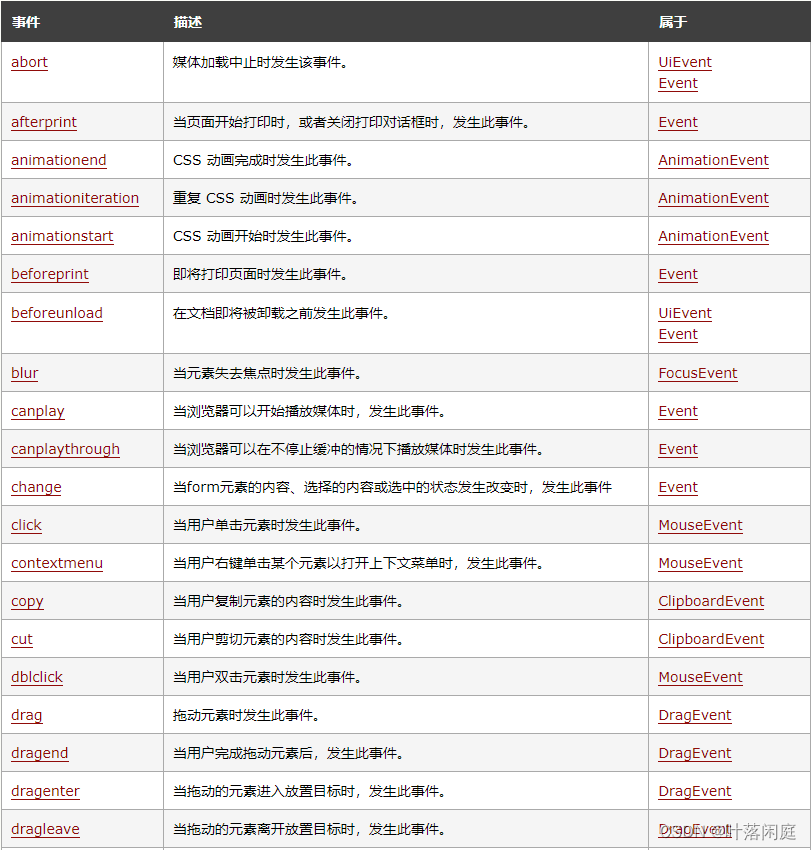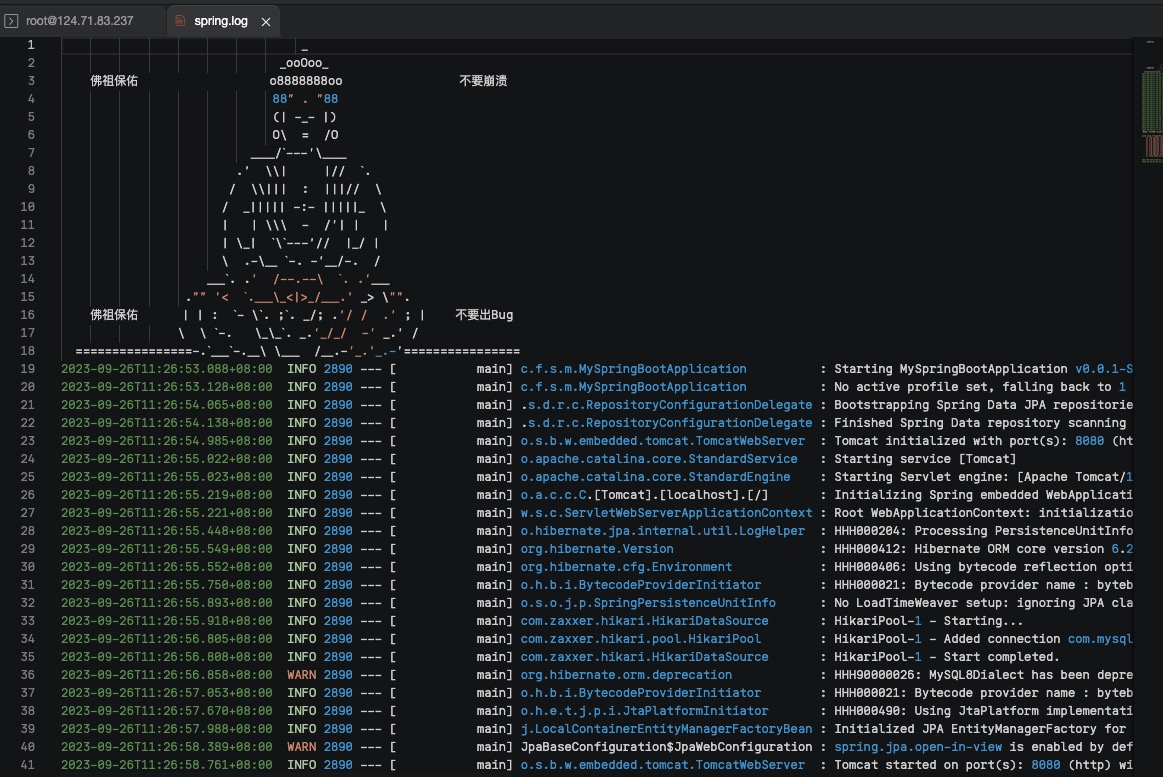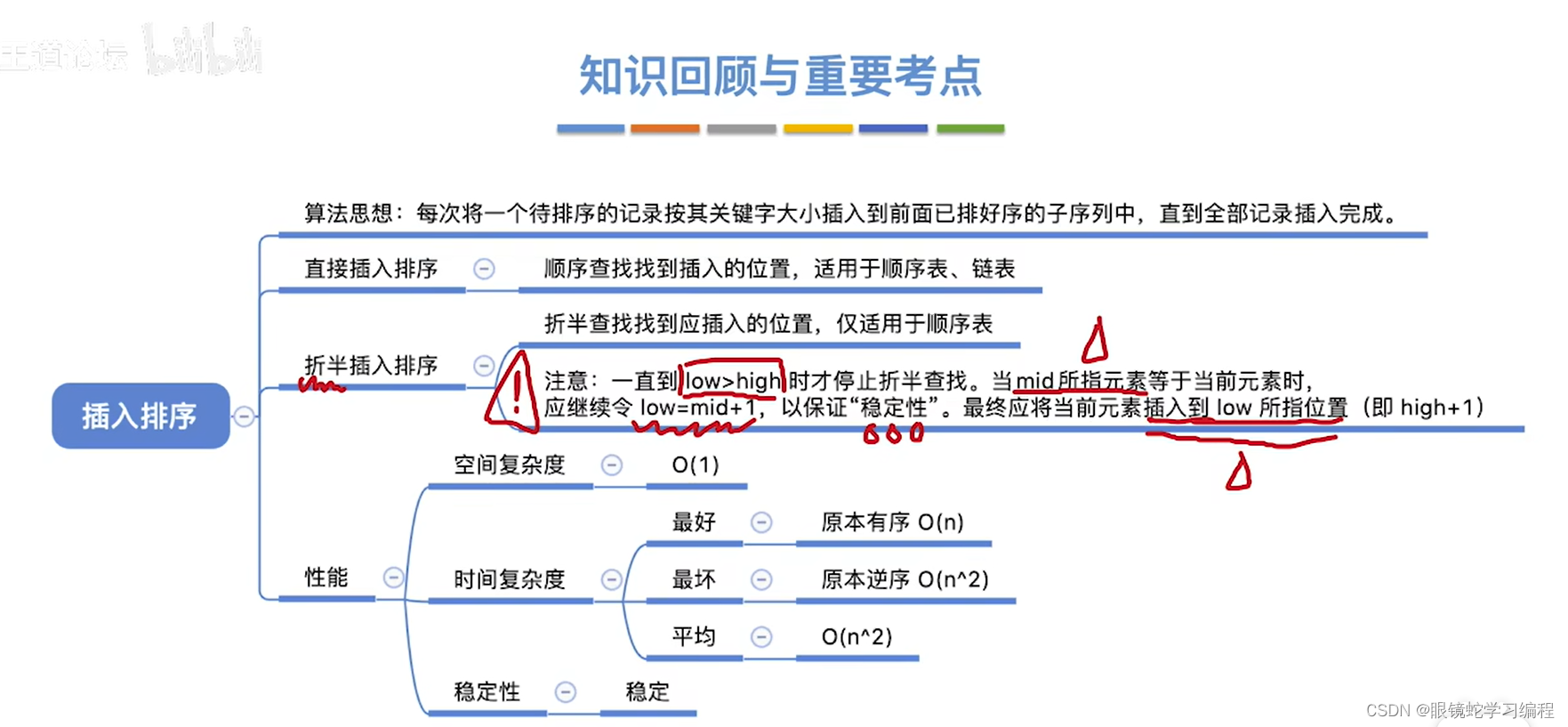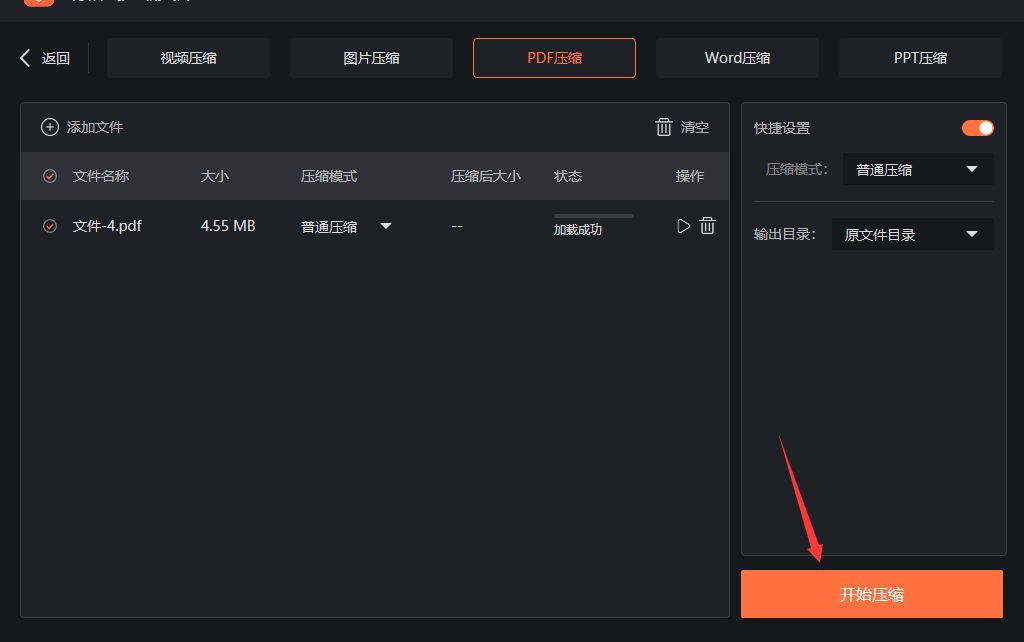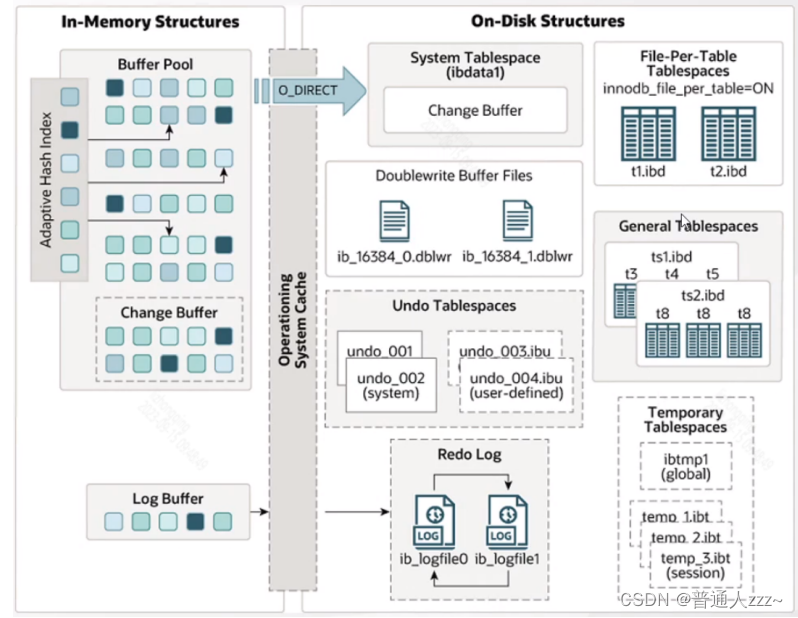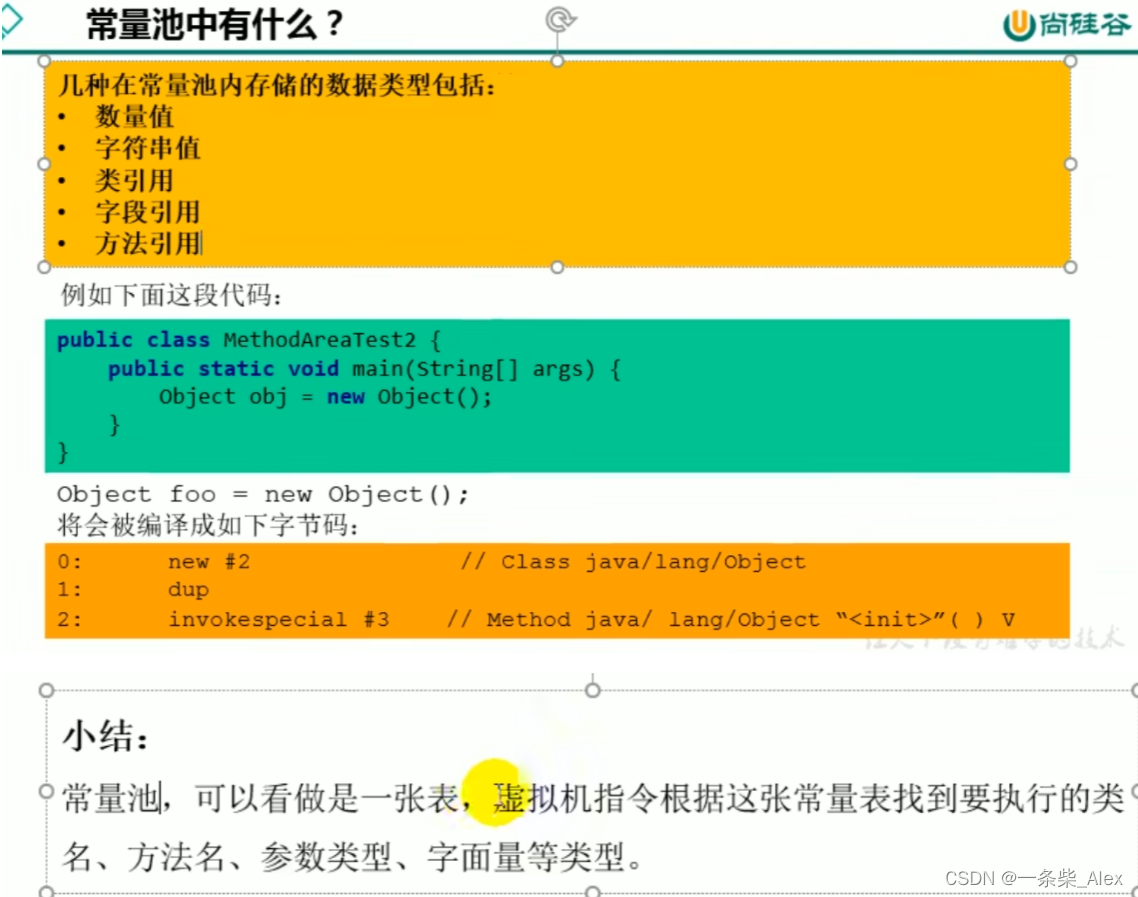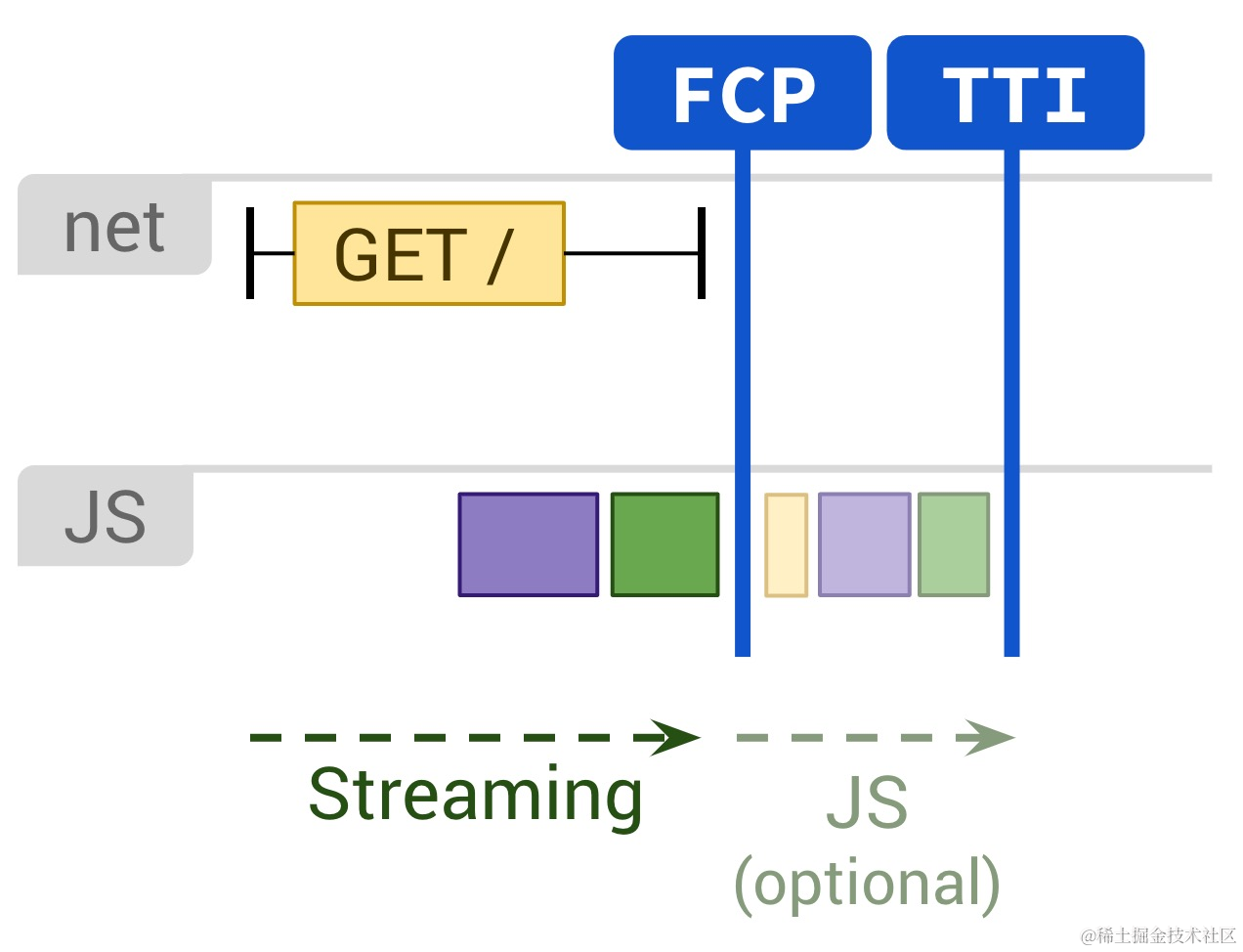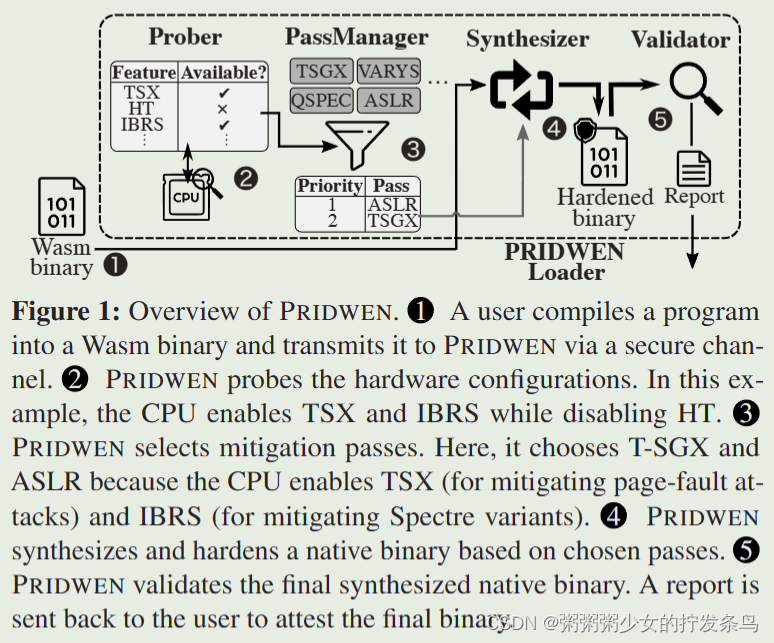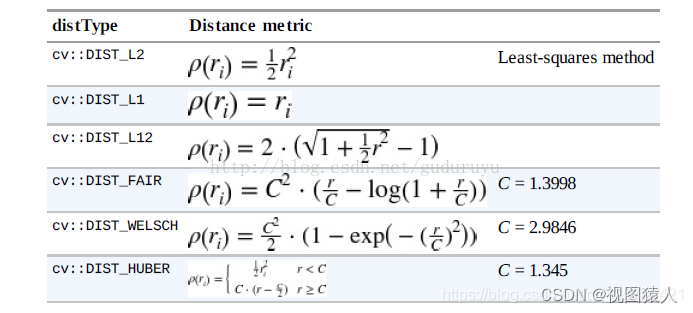一、前言
异步编程在构建高性能 Web 应用中起着关键作用,而 FastAPI、Sanic、Tornado 都声称具有卓越的性能。本文将通过性能压测对这些框架与Go的Gin框架进行全面对比,揭示它们之间的差异。
原文:Python异步框架大战:FastAPI、Sanic、Tornado VS Go 的 Gin
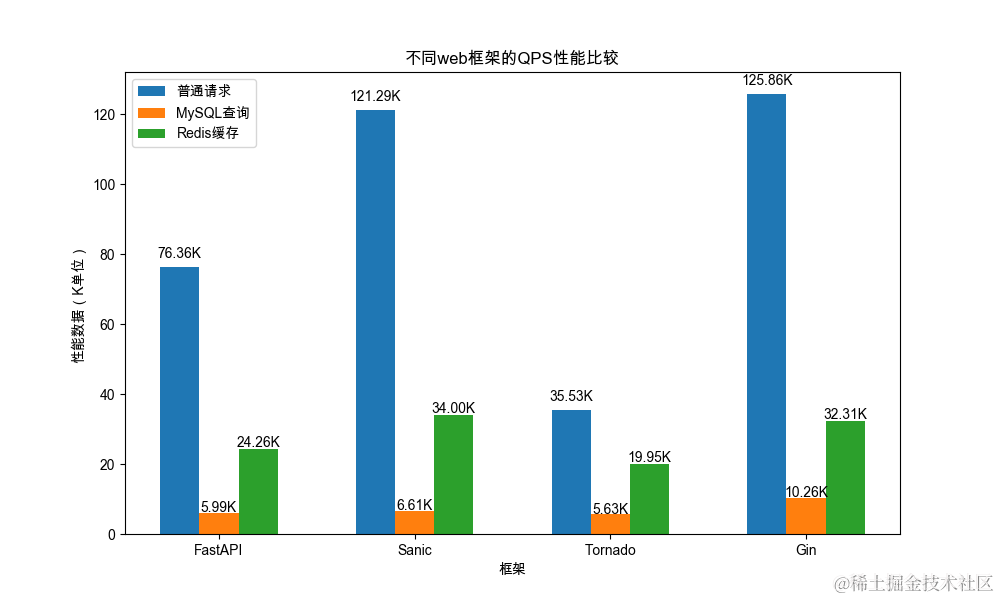
二、环境准备
系统环境配置

编程语言
| 语言 | 版本 | 官网/Github |
|---|---|---|
| Python | 3.10.12 | https://www.python.org/ |
| Go | 1.20.5 | https://go.dev/ |
压测工具
| 工具 | 介绍 | 官网/Github |
|---|---|---|
| ab | Apache的压力测试工具,使用简单 | https://httpd.apache.org/docs/2.4/programs/ab.html |
| wrk | 高性能多线程压力测试工具 | https://github.com/wg/wrk |
| JMeter | 功能强大的压力/负载测试工具 | https://github.com/apache/jmeter |
这里选择 wrk 工具进行压测,mac 安装直接通过brew快速安装
brew install wrk
window安装可能要依赖它的子系统才方便安装,或者换成其他的压测工具例如JMeter。
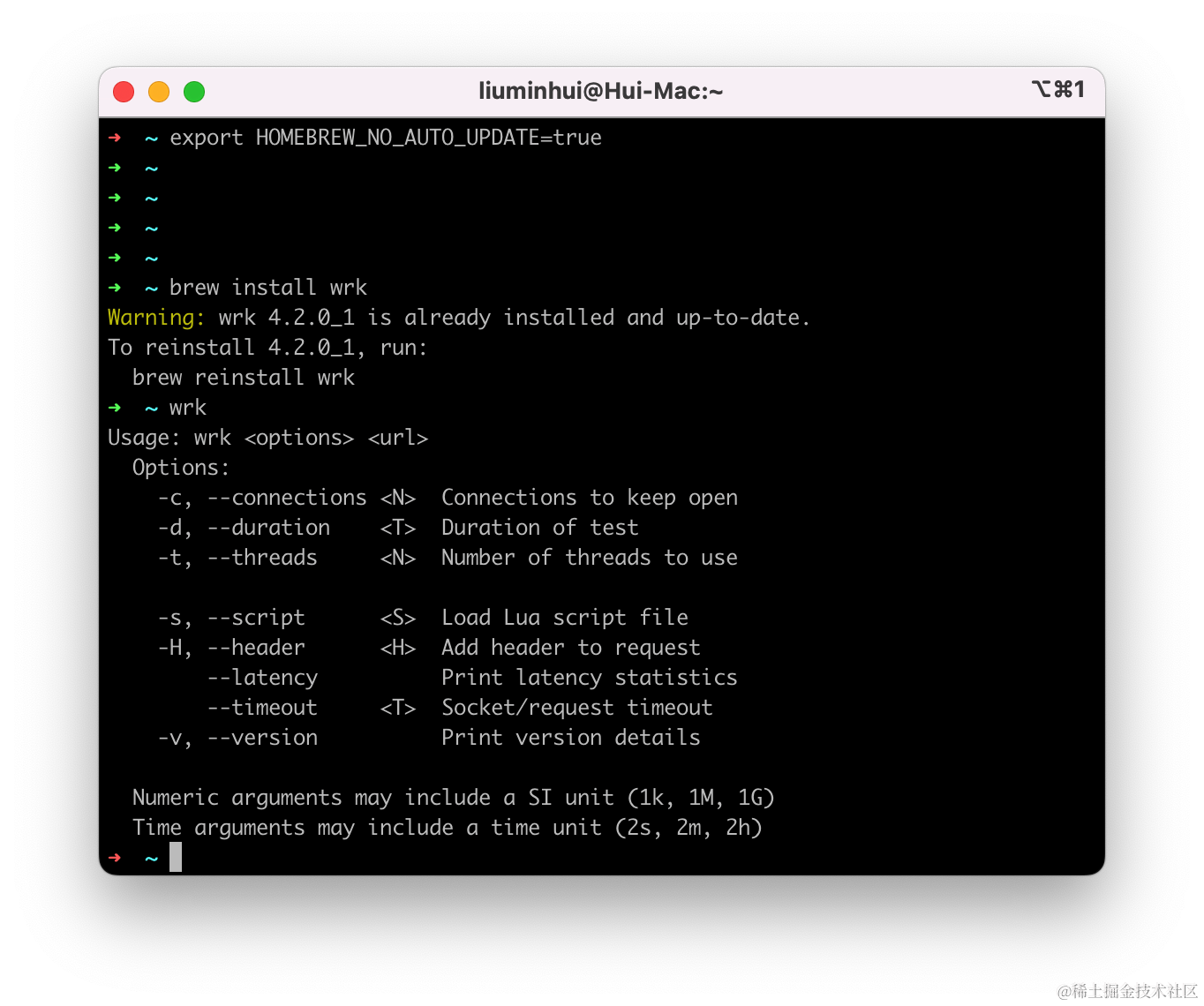
web框架
| 框架 | 介绍 | 压测版本 | 官网/Github |
|---|---|---|---|
| FastAPI | 基于Python的高性能web框架 | 0.103.1 | https://fastapi.tiangolo.com/ |
| Sanic | Python的异步web服务器框架 | 23.6.0 | https://sanic.dev/zh/ |
| Tornado | Python的非阻塞式web框架 | 6.3.3 | https://www.tornadoweb.org/en/stable/ |
| Gin | Go语言的web框架 | 1.9.1 | https://gin-gonic.com/ |
| Fiber | todo | todo | https://gofiber.io/ |
| Flask | todo | todo | https://github.com/pallets/flask |
| Django | todo | todo | https://www.djangoproject.com/ |
数据库配置
| 数据库名 | 介绍 | 压测版本 | 依赖库 |
|---|---|---|---|
| MySQL | 关系型数据库 | 8.0 | sqlalchemy+aiomysql |
| Redis | NoSQL数据库 | 7.2 | aioredis |
三、wrk 工具 http压测
FastAPI
普通http请求压测
依赖安装
pip install fastapi==0.103.1
pip install uvicorn==0.23.2
编写测试路由
from fastapi import FastAPI
app = FastAPI(summary="fastapi性能测试")
@app.get(path="/http/fastapi/test")
async def fastapi_test():
return {"code": 0, "message": "fastapi_http_test", "data": {}}
Uvicorn 运行,这里是起四个进程运行部署
uvicorn fastapi_test:app --log-level critical --port 8000 --workers 4
wrk压测
开20个线程,建立500个连接,持续请求30s
wrk -t20 -d30s -c500 http://127.0.0.1:8000/http/fastapi/test
压测结果
➜ ~ wrk -t20 -d30s -c500 http://127.0.0.1:8000/http/fastapi/test
Running 30s test @ http://127.0.0.1:8000/http/fastapi/test
20 threads and 500 connections
Thread Stats Avg Stdev Max +/- Stdev
Latency 3.06ms 2.89ms 36.65ms 85.34%
Req/Sec 3.85k 3.15k 41.59k 70.05%
2298746 requests in 30.11s, 383.64MB read
Socket errors: connect 267, read 100, write 0, timeout 0
Requests/sec: 76357.51
Transfer/sec: 12.74MB
Thread Stats 这里是 20、30个压测线程的平均结果指标
- 平均延迟(Avg Latency):每个线程的平均响应延迟
- 标准差(Stdev Latency):每个线程延迟的标准差
- 最大延迟(Max Latency):每个线程遇到的最大延迟
- 延迟分布(+/- Stdev Latency):每个线程延迟分布情况
- 每秒请求数(Req/Sec):每个线程每秒完成的请求数
- 请求数分布(+/- Stdev Req/Sec):每个线程请求数的分布情况
Socket errors: connect 267, read 100, write 0, timeout 0,是压测过程中socket的错误统计
- connect:连接错误,表示在压测过程中,总共有 267 次连接异常
- read:读取错误,表示有 100 次读取数据异常
- write:写入错误,表示有0次写入异常
- timeout:超时错误,表示有0次超时

MySQL数据查询请求压测
这里在简单试下数据库查询时候的情况
首先先补充下项目依赖
pip install hui-tools[db-orm, db-redis]==0.2.0
hui-tools是我自己开发的一个工具库,欢迎大家一起来贡献。https://github.com/HuiDBK/py-tools
#!/usr/bin/python3
# -*- coding: utf-8 -*-
# @Author: Hui
# @Desc: { fastapi性能测试 }
# @Date: 2023/09/10 12:24
import uvicorn
from fastapi import FastAPI
from py_tools.connections.db.mysql import SQLAlchemyManager, DBManager
app = FastAPI(summary="fastapi性能测试")
async def init_orm():
db_client = SQLAlchemyManager(
host="127.0.0.1",
port=3306,
user="root",
password="123456",
db_name="house_rental"
)
db_client.init_mysql_engine()
DBManager.init_db_client(db_client)
@app.on_event("startup")
async def startup_event():
"""项目启动时准备环境"""
await init_orm()
@app.get(path="/http/fastapi/mysql/test")
async def fastapi_mysql_query_test():
sql = "select id, username, role from user_basic where username='hui'"
ret = await DBManager().run_sql(sql)
column_names = [desc[0] for desc in ret.cursor.description]
result_tuple = ret.fetchone()
user_info = dict(zip(column_names, result_tuple))
return {"code": 0, "message": "fastapi_http_test", "data": {**user_info}}
wrk压测
wrk -t20 -d30s -c500 http://127.0.0.1:8000/http/fastapi/mysql/test
➜ ~ wrk -t20 -d30s -c500 http://127.0.0.1:8000/http/fastapi/mysql/test
Running 30s test @ http://127.0.0.1:8000/http/fastapi/mysql/test
20 threads and 500 connections
Thread Stats Avg Stdev Max +/- Stdev
Latency 38.81ms 19.35ms 226.42ms 76.86%
Req/Sec 317.65 227.19 848.00 57.21%
180255 requests in 30.09s, 36.95MB read
Socket errors: connect 267, read 239, write 0, timeout 0
Non-2xx or 3xx responses: 140
Requests/sec: 5989.59
Transfer/sec: 1.23MB
可以发现就加入一个简单的数据库查询,QPS从 76357.51 降到 5989.59 足足降了有10倍多,其实是单机数据库处理不过来太多请求,并发的瓶颈是在数据库,可以尝试加个redis缓存对比MySQL来说并发提升了多少。
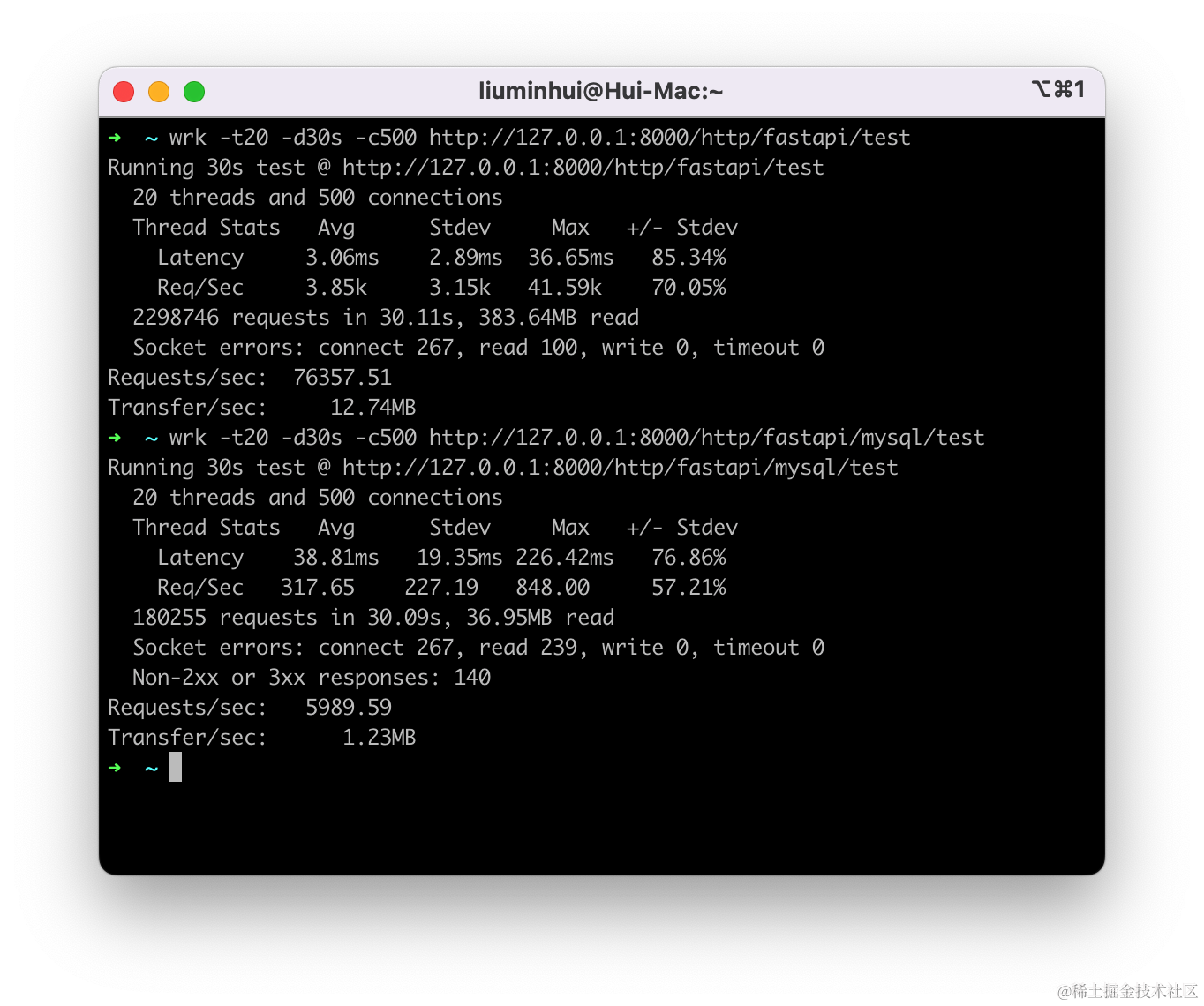
Redis缓存查询压测
#!/usr/bin/python3
# -*- coding: utf-8 -*-
# @Author: Hui
# @Desc: { fastapi性能测试 }
# @Date: 2023/09/10 12:24
import json
from datetime import timedelta
import uvicorn
from fastapi import FastAPI
from py_tools.connections.db.mysql import SQLAlchemyManager, DBManager
from py_tools.connections.db.redis_client import RedisManager
app = FastAPI(summary="fastapi性能测试")
async def init_orm():
db_client = SQLAlchemyManager(
host="127.0.0.1",
port=3306,
user="root",
password="123456",
db_name="house_rental"
)
db_client.init_mysql_engine()
DBManager.init_db_client(db_client)
async def init_redis():
RedisManager.init_redis_client(
async_client=True,
host="127.0.0.1",
port=6379,
db=0,
)
@app.on_event("startup")
async def startup_event():
"""项目启动时准备环境"""
await init_orm()
await init_redis()
@app.get(path="/http/fastapi/redis/{username}")
async def fastapi_redis_query_test(username: str):
# 先判断缓存有没有
user_info = await RedisManager.client.get(name=username)
if user_info:
user_info = json.loads(user_info)
return {"code": 0, "message": "fastapi_redis_test", "data": {**user_info}}
sql = f"select id, username, role from user_basic where username='{username}'"
ret = await DBManager().run_sql(sql)
column_names = [desc[0] for desc in ret.cursor.description]
result_tuple = ret.fetchone()
user_info = dict(zip(column_names, result_tuple))
# 存入redis缓存中, 3min
await RedisManager.client.set(
name=user_info.get("username"),
value=json.dumps(user_info),
ex=timedelta(minutes=3)
)
return {"code": 0, "message": "fastapi_redis_test", "data": {**user_info}}
if __name__ == '__main__':
uvicorn.run(app)
运行
wrk -t20 -d30s -c500 http://127.0.0.1:8000/http/fastapi/redis/hui
结果
➜ ~ wrk -t20 -d30s -c500 http://127.0.0.1:8000/http/fastapi/redis/hui
Running 30s test @ http://127.0.0.1:8000/http/fastapi/redis/hui
20 threads and 500 connections
Thread Stats Avg Stdev Max +/- Stdev
Latency 9.60ms 5.59ms 126.63ms 88.41%
Req/Sec 1.22k 0.91k 3.45k 57.54%
730083 requests in 30.10s, 149.70MB read
Socket errors: connect 267, read 101, write 0, timeout 0
Requests/sec: 24257.09
Transfer/sec: 4.97MB
缓存信息

添加了redis缓存,并发能力也提升了不少,因此在业务开发中一些查多改少的数据可以适当的做缓存。
压测结论
| 压测类型 | 测试时长 | 线程数 | 连接数 | 请求总数 | QPS | 平均延迟 | 最大延迟 | 总流量 | 吞吐量/s |
|---|---|---|---|---|---|---|---|---|---|
| 普通请求 | 30s | 20 | 500 | 2298746 | 76357.51 | 3.06ms | 36.65ms | 383.64MB | 12.74MB |
| MySQL查询 | 30s | 20 | 500 | 730083 | 5989.59 | 38.81ms | 226.42ms | 36.95MB | 1.23MB |
| Redis缓存 | 30s | 20 | 500 | 730083 | 24257.09 | 9.60ms | 126.63ms | 149.70MB | 4.97MB |
给 mysql 查询加了个 redis 缓存 qps 提升了 3倍多,对于一些查多改少的数据,根据业务设置适当的缓存可以大大提升系统的吞吐能力。其他框架我就直接上代码测,就不一一赘述了,直接看结果指标。
Sanic
压测方式都是一样的我就不像fastapi一样的一个一个写了,直接写全部压测然后看结果
环境安装
pip install sanic==23.6.0
pip install hui-tools'[db-orm, db-redis]'==0.2.0
编写测试路由
#!/usr/bin/python3
# -*- coding: utf-8 -*-
# @Author: Hui
# @Desc: { sanic性能测试 }
# @Date: 2023/09/10 12:24
import json
from datetime import timedelta
from py_tools.connections.db.mysql import SQLAlchemyManager, DBManager
from py_tools.connections.db.redis_client import RedisManager
from sanic import Sanic
from sanic.response import json as sanic_json
app = Sanic("sanic_test")
async def init_orm():
db_client = SQLAlchemyManager(
host="127.0.0.1",
port=3306,
user="root",
password="123456",
db_name="house_rental"
)
db_client.init_mysql_engine()
DBManager.init_db_client(db_client)
async def init_redis():
RedisManager.init_redis_client(
async_client=True,
host="127.0.0.1",
port=6379,
db=0,
)
@app.listener('before_server_start')
async def server_start_event(app, loop):
await init_orm()
await init_redis()
@app.get(uri="/http/sanic/test")
async def fastapi_test(req):
return sanic_json({"code": 0, "message": "sanic_http_test", "data": {}})
@app.get(uri="/http/sanic/mysql/test")
async def sanic_myql_query_test(req):
sql = "select id, username, role from user_basic where username='hui'"
ret = await DBManager().run_sql(sql)
column_names = [desc[0] for desc in ret.cursor.description]
result_tuple = ret.fetchone()
user_info = dict(zip(column_names, result_tuple))
return sanic_json({"code": 0, "message": "sanic_mysql_test", "data": {**user_info}})
@app.get(uri="/http/sanic/redis/<username>")
async def sanic_redis_query_test(req, username: str):
# 先判断缓存有没有
user_info = await RedisManager.client.get(name=username)
if user_info:
user_info = json.loads(user_info)
return sanic_json({"code": 0, "message": "sanic_redis_test", "data": {**user_info}})
sql = f"select id, username, role from user_basic where username='{username}'"
ret = await DBManager().run_sql(sql)
column_names = [desc[0] for desc in ret.cursor.description]
result_tuple = ret.fetchone()
user_info = dict(zip(column_names, result_tuple))
# 存入redis缓存中, 3min
await RedisManager.client.set(
name=user_info.get("username"),
value=json.dumps(user_info),
ex=timedelta(minutes=3)
)
return sanic_json({"code": 0, "message": "sanic_redis_test", "data": {**user_info}})
def main():
app.run()
if __name__ == '__main__':
# sanic sanic_test.app -p 8001 -w 4 --access-log=False
main()
运行
Sanic 内置了一个生产web服务器,可以直接使用
sanic python.sanic_test.app -p 8001 -w 4 --access-log=False
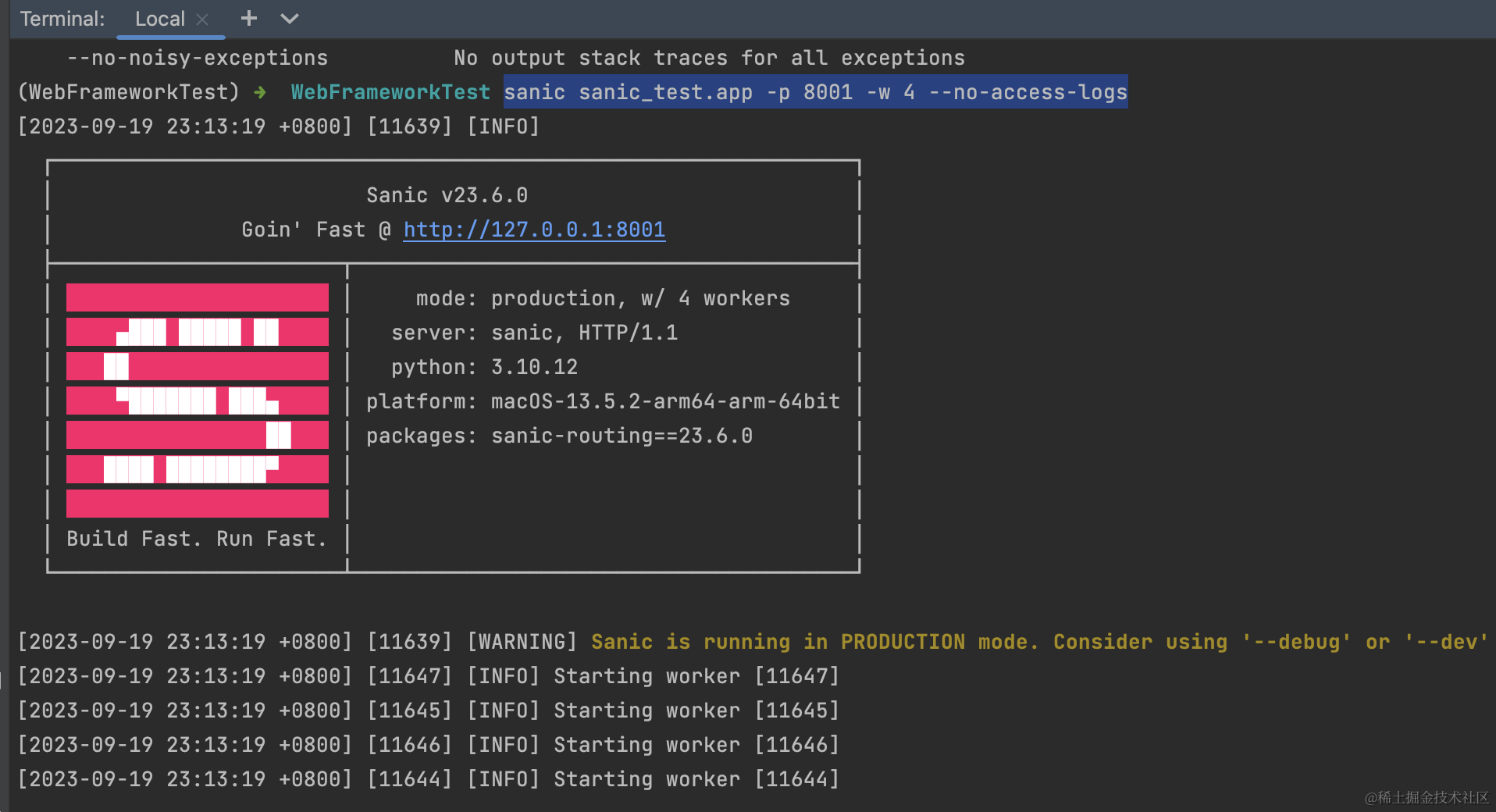
普通http请求压测
同样是起了四个进程看看性能如何
wrk -t20 -d30s -c500 http://127.0.0.1:8001/http/sanic/test
压测结果
➜ ~ wrk -t20 -d30s -c500 http://127.0.0.1:8001/http/sanic/test
Running 30s test @ http://127.0.0.1:8001/http/sanic/test
20 threads and 500 connections
Thread Stats Avg Stdev Max +/- Stdev
Latency 1.93ms 2.20ms 61.89ms 91.96%
Req/Sec 6.10k 3.80k 27.08k 69.37%
3651099 requests in 30.10s, 497.92MB read
Socket errors: connect 267, read 163, write 0, timeout 0
Requests/sec: 121286.47
Transfer/sec: 16.54MB
Sanic 果然性能很强,在python中估计数一数二了。
mysql数据查询请求压测
运行
wrk -t20 -d30s -c500 http://127.0.0.1:8001/http/sanic/mysql/test
结果
➜ ~ wrk -t20 -d30s -c500 http://127.0.0.1:8001/http/sanic/mysql/test
Running 30s test @ http://127.0.0.1:8001/http/sanic/mysql/test
20 threads and 500 connections
Thread Stats Avg Stdev Max +/- Stdev
Latency 35.22ms 21.75ms 264.37ms 78.52%
Req/Sec 333.14 230.95 1.05k 68.99%
198925 requests in 30.10s, 34.72MB read
Socket errors: connect 267, read 146, write 0, timeout 0
Requests/sec: 6609.65
Transfer/sec: 1.15MB
Redis缓存查询压测
运行
wrk -t20 -d30s -c500 http://127.0.0.1:8001/http/sanic/redis/hui
结果
➜ ~ wrk -t20 -d30s -c500 http://127.0.0.1:8001/http/sanic/redis/hui
Running 30s test @ http://127.0.0.1:8001/http/sanic/redis/hui
20 threads and 500 connections
Thread Stats Avg Stdev Max +/- Stdev
Latency 6.91ms 4.13ms 217.47ms 95.62%
Req/Sec 1.71k 0.88k 4.28k 68.05%
1022884 requests in 30.09s, 178.52MB read
Socket errors: connect 267, read 163, write 0, timeout 0
Requests/sec: 33997.96
Transfer/sec: 5.93MB
压测结论
| 压测类型 | 测试时长 | 线程数 | 连接数 | 请求总数 | QPS | 平均延迟 | 最大延迟 | 总流量 | 吞吐量/s |
|---|---|---|---|---|---|---|---|---|---|
| 普通请求 | 30s | 20 | 500 | 3651099 | 121286.47 | 1.93ms | 61.89ms | 497.92MB | 16.54MB |
| MySQL查询 | 30s | 20 | 500 | 198925 | 6609.65 | 35.22ms | 264.37ms | 34.72MB | 1.15MB |
| Redis缓存 | 30s | 20 | 500 | 1022884 | 33997.96 | 6.91ms | 217.47ms | 178.52MB | 5.93MB |
Tornado
环境安装
pip install tornado==6.3.3
pip install gunicorn==21.2.0
pip install hui-tools[db-orm, db-redis]==0.2.0
编写测试路由
#!/usr/bin/python3
# -*- coding: utf-8 -*-
# @Author: Hui
# @Desc: { tornado 性能测试 }
# @Date: 2023/09/20 22:42
import asyncio
from datetime import timedelta
import json
import tornado.web
import tornado.ioloop
from tornado.httpserver import HTTPServer
from py_tools.connections.db.mysql import SQLAlchemyManager, DBManager
from py_tools.connections.db.redis_client import RedisManager
class TornadoBaseHandler(tornado.web.RequestHandler):
pass
class TornadoTestHandler(TornadoBaseHandler):
async def get(self):
self.write({"code": 0, "message": "tornado_http_test", "data": {}})
class TornadoMySQLTestHandler(TornadoBaseHandler):
async def get(self):
sql = "select id, username, role from user_basic where username='hui'"
ret = await DBManager().run_sql(sql)
column_names = [desc[0] for desc in ret.cursor.description]
result_tuple = ret.fetchone()
user_info = dict(zip(column_names, result_tuple))
self.write({"code": 0, "message": "tornado_mysql_test", "data": {**user_info}})
class TornadoRedisTestHandler(TornadoBaseHandler):
async def get(self, username):
user_info = await RedisManager.client.get(name=username)
if user_info:
user_info = json.loads(user_info)
self.write(
{"code": 0, "message": "tornado_redis_test", "data": {**user_info}}
)
return
sql = f"select id, username, role from user_basic where username='{username}'"
ret = await DBManager().run_sql(sql)
column_names = [desc[0] for desc in ret.cursor.description]
result_tuple = ret.fetchone()
user_info = dict(zip(column_names, result_tuple))
# 存入redis缓存中, 3min
await RedisManager.client.set(
name=user_info.get("username"),
value=json.dumps(user_info),
ex=timedelta(minutes=3),
)
self.write({"code": 0, "message": "tornado_redis_test", "data": {**user_info}})
def init_orm():
db_client = SQLAlchemyManager(
host="127.0.0.1",
port=3306,
user="root",
password="123456",
db_name="house_rental",
)
db_client.init_mysql_engine()
DBManager.init_db_client(db_client)
def init_redis():
RedisManager.init_redis_client(
async_client=True,
host="127.0.0.1",
port=6379,
db=0,
)
def init_setup():
init_orm()
init_redis()
def make_app():
init_setup()
return tornado.web.Application(
[
(r"/http/tornado/test", TornadoTestHandler),
(r"/http/tornado/mysql/test", TornadoMySQLTestHandler),
(r"/http/tornado/redis/(.*)", TornadoRedisTestHandler),
]
)
app = make_app()
async def main():
# init_setup()
# app = make_app()
server = HTTPServer(app)
server.bind(8002)
# server.start(4) # start 4 worker
# app.listen(8002)
await asyncio.Event().wait()
if __name__ == "__main__":
# gunicorn -k tornado -w=4 -b=127.0.0.1:8002 python.tornado_test:app
asyncio.run(main())
运行tornado服务
gunicorn -k tornado -w=4 -b=127.0.0.1:8002 python.tornado_test:app

wrk 压测
wrk -t20 -d30s -c500 http://127.0.0.1:8002/http/tornado/test
wrk -t20 -d30s -c500 http://127.0.0.1:8002/http/tornado/mysql/test
wrk -t20 -d30s -c500 http://127.0.0.1:8002/http/tornado/redis/hui
结果
➜ ~ wrk -t20 -d30s -c500 http:// 127.0.0.1 : 8002 /http/tornado/test
Running 30s test @ http://127.0.0.1:8002/http/tornado/test
20 threads and 500 connections
Thread Stats Avg Stdev Max +/- Stdev
Latency 6.54ms 1.92ms 34.75ms 63.85%
Req/Sec 1.79k 1.07k 3.83k 56.23%
1068205 requests in 30.07s, 280.15MB read
Socket errors: connect 267, read 98, write 0, timeout 0
Requests/sec: 35525.38
Transfer/sec: 9.32MB
➜ ~ wrk -t20 -d30s -c500 http:// 127.0.0.1 : 8002 /http/tornado/mysql/test
Running 30s test @ http://127.0.0.1:8002/http/tornado/mysql/test
20 threads and 500 connections
Thread Stats Avg Stdev Max +/- Stdev
Latency 41.29ms 16.51ms 250.81ms 71.45%
Req/Sec 283.47 188.81 0.95k 65.31%
169471 requests in 30.09s, 51.88MB read
Socket errors: connect 267, read 105, write 0, timeout 0
Requests/sec: 5631.76
Transfer/sec: 1.72MB
➜ ~ wrk -t20 -d30s -c500 http:// 127.0.0.1 : 8002 /http/tornado/redis/hui
Running 30s test @ http://127.0.0.1:8002/http/tornado/redis/hui
20 threads and 500 connections
Thread Stats Avg Stdev Max +/- Stdev
Latency 11.69ms 3.83ms 125.75ms 78.27%
Req/Sec 1.00k 537.85 2.20k 64.34%
599840 requests in 30.07s, 183.63MB read
Socket errors: connect 267, read 97, write 0, timeout 0
Non-2xx or 3xx responses: 2
Requests/sec: 19947.28
Transfer/sec: 6.11MB
Gin
环境安装
go get "github.com/gin-gonic/gin"
go get "github.com/go-redis/redis"
go get "gorm.io/driver/mysql"
go get "gorm.io/gorm"
代码编写
package main
import (
"encoding/json"
"time"
"github.com/gin-gonic/gin"
"github.com/go-redis/redis"
"gorm.io/driver/mysql"
"gorm.io/gorm"
"gorm.io/gorm/logger"
)
var (
db *gorm.DB
redisClient *redis.Client
)
type UserBasic struct {
Id int `json:"id"`
Username string `json:"username"`
Role string `json:"role"`
}
func (UserBasic) TableName() string {
return "user_basic"
}
func initDB() *gorm.DB {
var err error
db, err = gorm.Open(mysql.Open("root:123456@/house_rental"), &gorm.Config{
// 将LogMode设置为logger.Silent以禁用日志打印
Logger: logger.Default.LogMode(logger.Silent),
})
if err != nil {
panic("failed to connect database")
}
sqlDB, err := db.DB()
// SetMaxIdleConns sets the maximum number of connections in the idle connection pool.
sqlDB.SetMaxIdleConns(10)
// SetMaxOpenConns sets the maximum number of open connections to the database.
sqlDB.SetMaxOpenConns(30)
// SetConnMaxLifetime sets the maximum amount of time a connection may be reused.
sqlDB.SetConnMaxLifetime(time.Hour)
return db
}
func initRedis() *redis.Client {
redisClient = redis.NewClient(&redis.Options{
Addr: "localhost:6379",
})
return redisClient
}
func jsonTestHandler(c *gin.Context) {
c.JSON(200, gin.H{
"code": 0, "message": "gin json", "data": make(map[string]any),
})
}
func mysqlQueryHandler(c *gin.Context) {
// 查询语句
var user UserBasic
db.First(&user, "username = ?", "hui")
//fmt.Println(user)
// 返回响应
c.JSON(200, gin.H{
"code": 0,
"message": "go mysql test",
"data": user,
})
}
func cacheQueryHandler(c *gin.Context) {
// 从Redis中获取缓存
username := "hui" // 要查询的用户名
cachedUser, err := redisClient.Get(username).Result()
if err == nil {
// 缓存存在,将缓存结果返回给客户端
var user UserBasic
_ = json.Unmarshal([]byte(cachedUser), &user)
c.JSON(200, gin.H{
"code": 0,
"message": "gin redis test",
"data": user,
})
return
}
// 缓存不存在,执行数据库查询
var user UserBasic
db.First(&user, "username = ?", username)
// 将查询结果保存到Redis缓存
userJSON, _ := json.Marshal(user)
redisClient.Set(username, userJSON, time.Minute*2)
// 返回响应
c.JSON(200, gin.H{
"code": 0,
"message": "gin redis test",
"data": user,
})
}
func initDao() {
initDB()
initRedis()
}
func main() {
//r := gin.Default()
r := gin.New()
gin.SetMode(gin.ReleaseMode) // 生产模式
initDao()
r.GET("/http/gin/test", jsonTestHandler)
r.GET("/http/gin/mysql/test", mysqlQueryHandler)
r.GET("/http/gin/redis/test", cacheQueryHandler)
r.Run("127.0.0.1:8003")
}
wrk 压测
wrk -t20 -d30s -c500 http: //127.0.0.1:8003/http/gin/test
wrk -t20 -d30s -c500 http: //127.0.0.1:8003/http/gin/mysql/test
wrk -t20 -d30s -c500 http: //127.0.0.1:8003/http/gin/redis/test
结果
➜ ~ wrk -t20 -d30s -c500 http:// 127.0.0.1 : 8003 /http/gin/test
Running 30s test @ http://127.0.0.1:8003/http/gin/test
20 threads and 500 connections
Thread Stats Avg Stdev Max +/- Stdev
Latency 2.45ms 5.68ms 186.48ms 91.70%
Req/Sec 6.36k 5.62k 53.15k 83.99%
3787808 requests in 30.10s, 592.42MB read
Socket errors: connect 267, read 95, write 0, timeout 0
Requests/sec: 125855.41
Transfer/sec: 19.68MB
➜ ~ wrk -t20 -d30s -c500 http:// 127.0.0.1 : 8003 /http/gin/mysql/test
Running 30s test @ http://127.0.0.1:8003/http/gin/mysql/test
20 threads and 500 connections
Thread Stats Avg Stdev Max +/- Stdev
Latency 40.89ms 83.70ms 1.12s 90.99%
Req/Sec 522.33 322.88 1.72k 64.84%
308836 requests in 30.10s, 61.26MB read
Socket errors: connect 267, read 100, write 0, timeout 0
Requests/sec: 10260.63
Transfer/sec: 2.04MB
➜ ~
➜ ~ wrk -t20 -d30s -c500 http:// 127.0.0.1 : 8003 /http/gin/redis/test
Running 30s test @ http://127.0.0.1:8003/http/gin/redis/test
20 threads and 500 connections
Thread Stats Avg Stdev Max +/- Stdev
Latency 7.18ms 1.76ms 79.40ms 81.93%
Req/Sec 1.63k 1.09k 4.34k 62.59%
972272 requests in 30.10s, 193.79MB read
Socket errors: connect 267, read 104, write 0, timeout 0
Requests/sec: 32305.30
Transfer/sec: 6.44MB
四、总结
| web框架 | 压测类型 | 测试时长 | 线程数 | 连接数 | 请求总数 | QPS | 平均延迟 | 最大延迟 | 总流量 | 吞吐量/s |
|---|---|---|---|---|---|---|---|---|---|---|
| FastAPI | 普通请求 | 30s | 20 | 500 | 2298746(229w) | 76357.51 (76k) | 3.06ms | 36.65ms | 383.64MB | 12.74MB |
| MySQL查询 | 30s | 20 | 500 | 180255 (18w) | 5989.59 (5.9k) | 38.81ms | 226.42ms | 36.95MB | 1.23MB | |
| Redis缓存 | 30s | 20 | 500 | 730083 (73w) | 24257.09 (24k) | 9.60ms | 126.63ms | 149.70MB | 4.97MB | |
| Sanic | 普通请求 | 30s | 20 | 500 | 3651099(365w) | 121286.47(120k) | 1.93ms | 61.89ms | 497.92MB | 16.54MB |
| MySQL查询 | 30s | 20 | 500 | 198925 (19w) | 6609.65 (6k) | 35.22ms | 264.37ms | 34.72MB | 1.15MB | |
| Redis缓存 | 30s | 20 | 500 | 1022884(100w) | 33997.96 (33k) | 6.91ms | 217.47ms | 178.52MB | 5.93MB | |
| Tornado | 普通请求 | 30s | 20 | 500 | 1068205(106w) | 35525.38(35k) | 6.54ms | 34.75ms | 280.15MB | 9.32MB |
| MySQL查询 | 30s | 20 | 500 | 169471 (16w) | 5631.76 (5.6k) | 41.29ms | 250.81ms | 51.88MB | 1.72MB | |
| Redis缓存 | 30s | 20 | 500 | 599840 (59w) | 19947.28 (19k) | 11.69ms | 125.75ms | 183.63MB | 6.11MB | |
| Gin | 普通请求 | 30s | 20 | 500 | 3787808(378w) | 125855.41(125k) | 2.45ms | 186.48ms | 592.42MB | 19.68MB |
| MySQL查询 | 30s | 20 | 500 | 308836 (30w) | 10260.63 (10k) | 40.89ms | 1.12s | 61.26MB | 2.04MB | |
| Redis缓存 | 30s | 20 | 500 | 972272 (97w) | 32305.30(32k) | 7.18ms | 79.40ms | 193.79MB | 6.44MB |


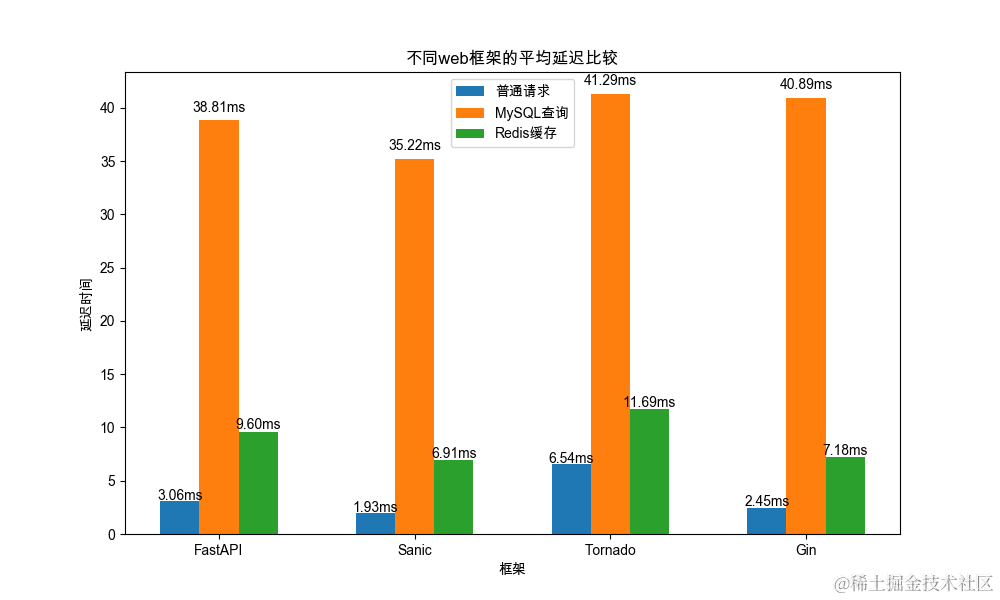
性能
从性能角度来看,各个Web框架的表现如下:
Gin > Sanic > FastAPI > Tornado
Gin:在普通请求方面表现最佳,具有最高的QPS和吞吐量。在MySQL查询中,性能很高,但最大延迟也相对较高。gin承受的并发请求最高有 1w qps,其他python框架都在5-6k qps,但gin的mysql查询请求最大延迟达到了1.12s, 虽然可以接受这么多并发请求,但单机mysql还是处理不过来。
还有非常重要的一点,cpython的多线程由于GIL原因不能充分利用多核CPU,故而都是通过开了四个进程来处理请求,资源开销远远大于go的gin,go底层的GMP的调度策略很强,天然支持并发。
注意:Python使用asyncio语法时切记不要使用同步IO操作不然会堵塞住主线程的事件loop,从而大大降低性能,如果没有异步库支持可以采用线程来处理同步IO。
综合评价
除了性能之外,还有其他因素需要考虑,例如框架的社区活跃性、生态系统、文档质量以及团队熟悉度等。这些因素也应该在选择Web框架时考虑。
最终的选择应该基于具体需求和项目要求。如果性能是最重要的因素之一,那么Sanic和go的一些框架可能是不错的选择。如果您更关注其他方面的因素,可以考虑框架的社区支持和适用性。我个人还是挺喜欢使用FastAPI。
五、测试源代码
https://github.com/HuiDBK/WebFrameworkPressureTest

Github上已经有其他语言的web框架的压测,感兴趣也可以去了解下: https://web-frameworks-benchmark.netlify.app/result
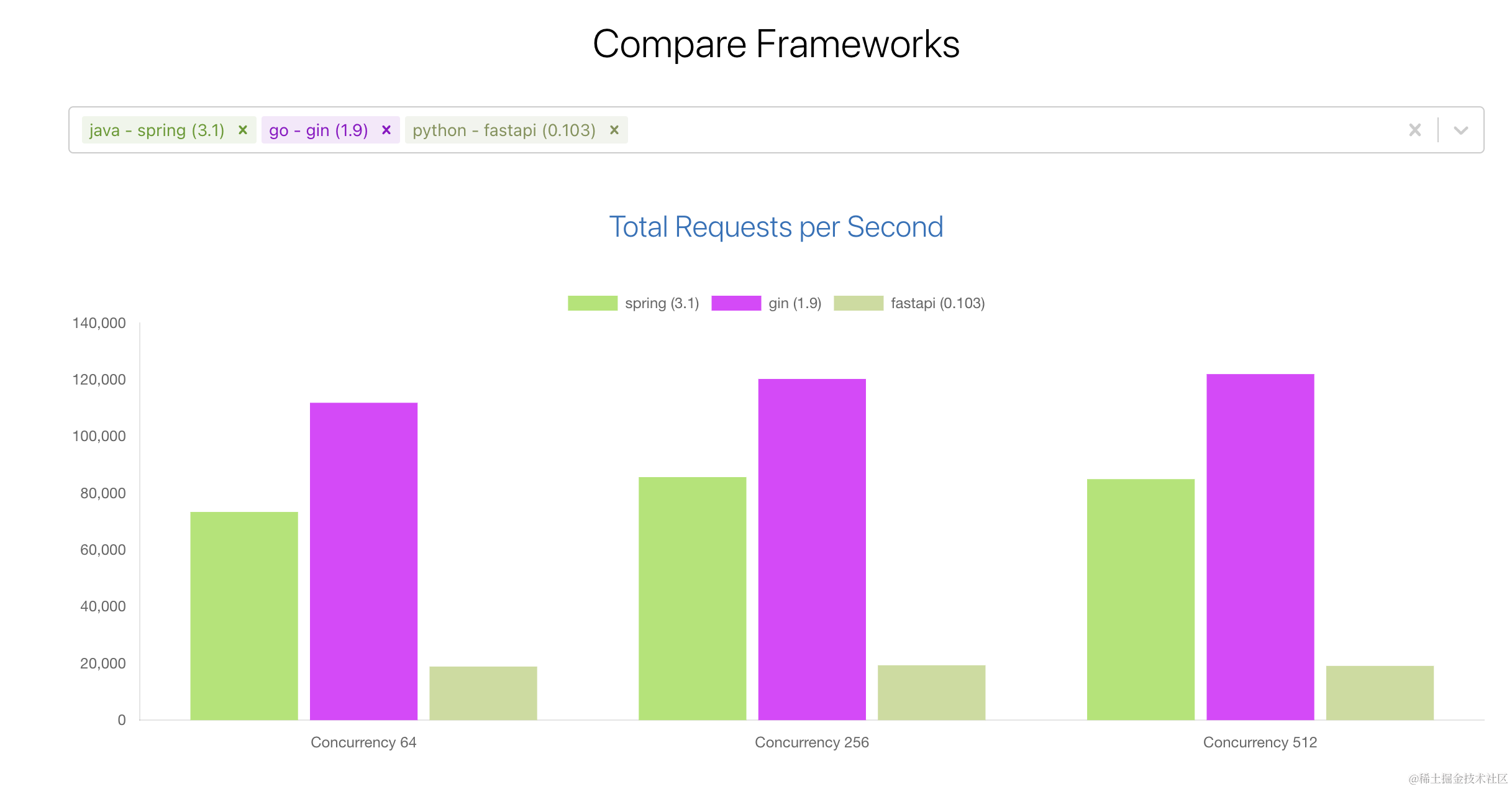
不知道为啥他们测试的python性能好低,可能异步没用对😄



